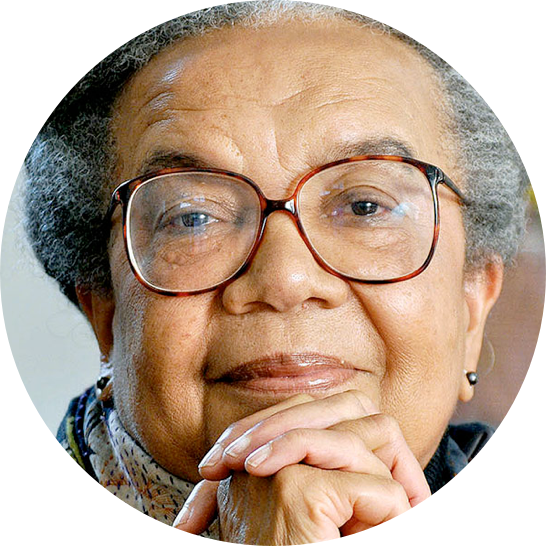I recently wrote about new challenges to school integration in two North Carolina school districts. The South has been the region that made the most progress in providing children the opportunity to attend desegregated schools, but now, sadly, it’s also the region where resegregation is growing the fastest. In 1954, the year Brown v. Board of Education was decided by the Supreme Court, the percentage of Black children in the South attending majority-White schools was just 0.001%, or one in 100,000. Six years later that number had grown to one in 1,000, and it continued to grow until it reached a high point of 43.5% in 1988. Since then the number has steadily fallen; by 2005 it was down to 27%.
As disturbing as this reversal of progress is in the South, it is not limited to Southern school districts. In June 2007, when the Supreme Court assaulted both the spirit and intent of Brown v. Board by ruling that desegregation plans that assign students to schools on the basis of race are unconstitutional, the lead case in that decision involved opponents of a program in Seattle, Washington. Resistance to programs designed to provide more integrated schools—even in “progressive” communities that had voluntarily desegregated—is mounting in every section of the country. The Tinsley Voluntary Transfer Program in place in a group of California public schools is just one example of the kinds of longstanding programs now at risk.
That Bay Area program came about as a result of a lawsuit brought by a group of parents, including Margaret Tinsley, who lived in the high-minority, low-performing Ravenswood City school district and wanted better educational opportunities for their children. Separate is still not equal in many school districts. In 1986, a court order was issued permitting a set number of children to transfer each year from Ravenswood to schools in seven nearby districts, including the Menlo Park City district. The program has been very popular both with parents and students in the Ravenswood district and with many families in the receiving districts. But recently the Menlo Park City superintendent raised the question of whether Menlo Park could continue participating in the program, citing the budget crunch and the growing number of children in the district. Menlo Park parents who value the diversity the transfer program has brought to their schools found themselves clashing with neighbors who wanted the program eliminated. A strong debate took place before the school board agreed not to suspend the program—for now.
What’s at stake in these choices? Menlo Park and the other districts that receive students through the Tinsley program have been caring communities helping children move towards successful passage to adulthood—many of whom might otherwise have become trapped in the “cradle-to-prison pipeline” that funnels vulnerable children down life paths marked by school failure, dropping out, and incarceration. At the same time, they also are giving all of their students valuable exposure and educational opportunities and a broader education than they may have had otherwise. Studies have repeatedly found that integration is valuable for all students, as the 2007 Supreme Court decision affirmed.
A recent report by scholars from the Poverty and Race Research Action Council and the University of North Carolina at Charlotte notes students who attend desegregated schools are more likely to live in integrated neighborhoods and make cross-ethnic friendships as adults. It also points out that integrated schools prepare students “for complex social situations and multiethnic workplaces where the capacities to engage effectively, problem solve, plan, and collaborate with people different from oneself are at a premium. Going to school with a diverse student body promotes growth in leadership, critical thinking, and the ability to work cooperatively, as well as problem-solving and interpersonal skills . . . that enable people to thrive in multiethnic workplaces – nationally and globally[.]” Children need more opportunities like this, not fewer.
Until our neighborhoods are all racially and socioeconomically diverse—a manifestation of Dr. King’s “beloved community” that is very, very far from coming to pass—children will not have the opportunity to experience racial and socioeconomic diversity in their neighborhood schools. Instead, too many children are still being isolated in high-minority, high-poverty, high-failure schools where they are not receiving an equal education or an equal chance to succeed in life. That struggle was too hard-fought by too many people to continue the erosion of inclusion on our watch. Decisions on whether or not to insist on making these opportunities reality for all children have deep implications for our values as a nation, our commitment to progress, and the true education we want all our children to receive and that all children deserve. We can’t let them down.

